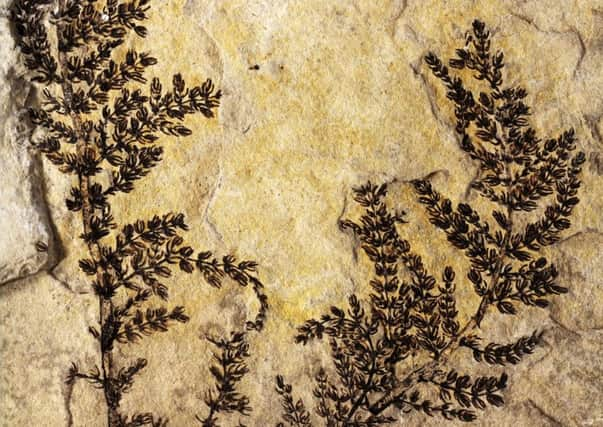Underwater plant named as world’s oldest ‘flower’


The aquatic Montsechia vidalii was once abundant in freshwater lakes in what are now mountainous regions of central and northern Spain.
Although discovered more than 100 years ago, the true significance of the fossils has only now become apparent after painstaking analysis by scientists.
Advertisement
Hide AdAdvertisement
Hide AdExperts dated the weed at between 125 million and 130 million years old and showed that despite appearances it was an angiosperm, or flowering plant.
Another aquatic plant called Archaefructus sinensis, from China, has also been proposed as the earliest flower – but M.vidalii may be older.
Lead scientist Professor David Dilcher, from Indiana University in the US, said: “This discovery raises significant questions about the early evolutionary history of flowering plants, as well as the role of these plants in the evolution of other plant and animal life.
“A ‘first flower’ is technically a myth, like the ‘first human’. But based on this new analysis, we know now that Montsechia is contemporaneous, if not more ancient, than Archaefructus.
“Fossils used in the study were poorly understood and even misinterpreted during previous analyses.”
The research, reported in the journal Proceedings of the National Academy of Sciences, was based on an analysis of more than 1,000 Montsechia fossils.
Stems and leaf structures were coaxed from the fossil stone by applying hydrochloric acid drop-by-drop and then microscopically examined.
Prof Dilcher said: “The precise, painstaking analysis of fossilised structures remains crucial to paleobotany, in contrast to other biological fields, due to the current inability to know the molecular characters of ancient plants from millions of years ago.
Advertisement
Hide AdAdvertisement
Hide Ad“Montsechia possesses no obvious ‘flower parts’, such as petals or nectar-producing structures for attracting insects, and lives out its entire life cycle under water.
“The fruit contains a single seed – the defining characteristic of an angiosperm – which is borne upside down.”
Author Professor Donald Les, from the University of Connecticut, said: “The reinterpretation of these fossils provides a fascinating new perspective on a major mystery in plant biology.”
In terms of appearance, the plant resembled modern Ceratophyllum, also known as “coontail” or “hornwort”.
Ceratophyllum is a dark green aquatic plant whose coarse, tufty leaves make it a popular addition to aquariums and ornamental ponds.
Montsechia lived during the early Cretaceous period, when dinosaurs such as the brachiosaurus and iguanodon walked the Earth. The scientists are now looking to understand more about the species connecting Montsechia and Ceratophyllum and delve deeper into when other species.